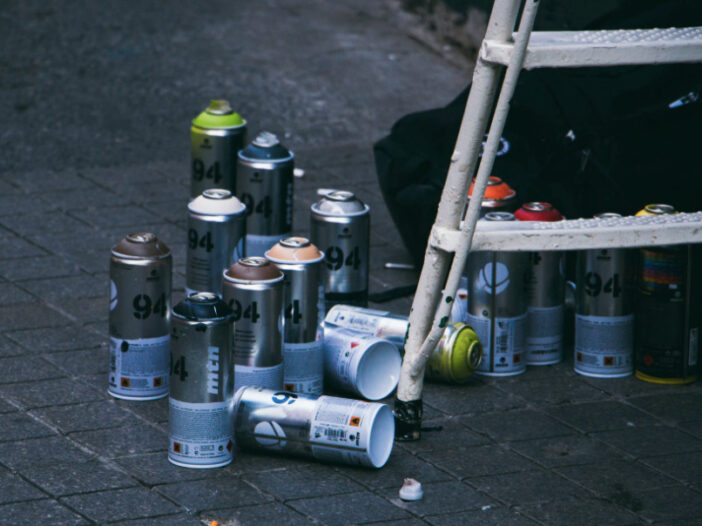
You may wonder why oil-based spray paint is so popular, whether in DIY projects or for professional use. Simply put, using spray paint has loads of advantages.
For example, as compared to a can of paint, the oil-based spray paint has more coverage.
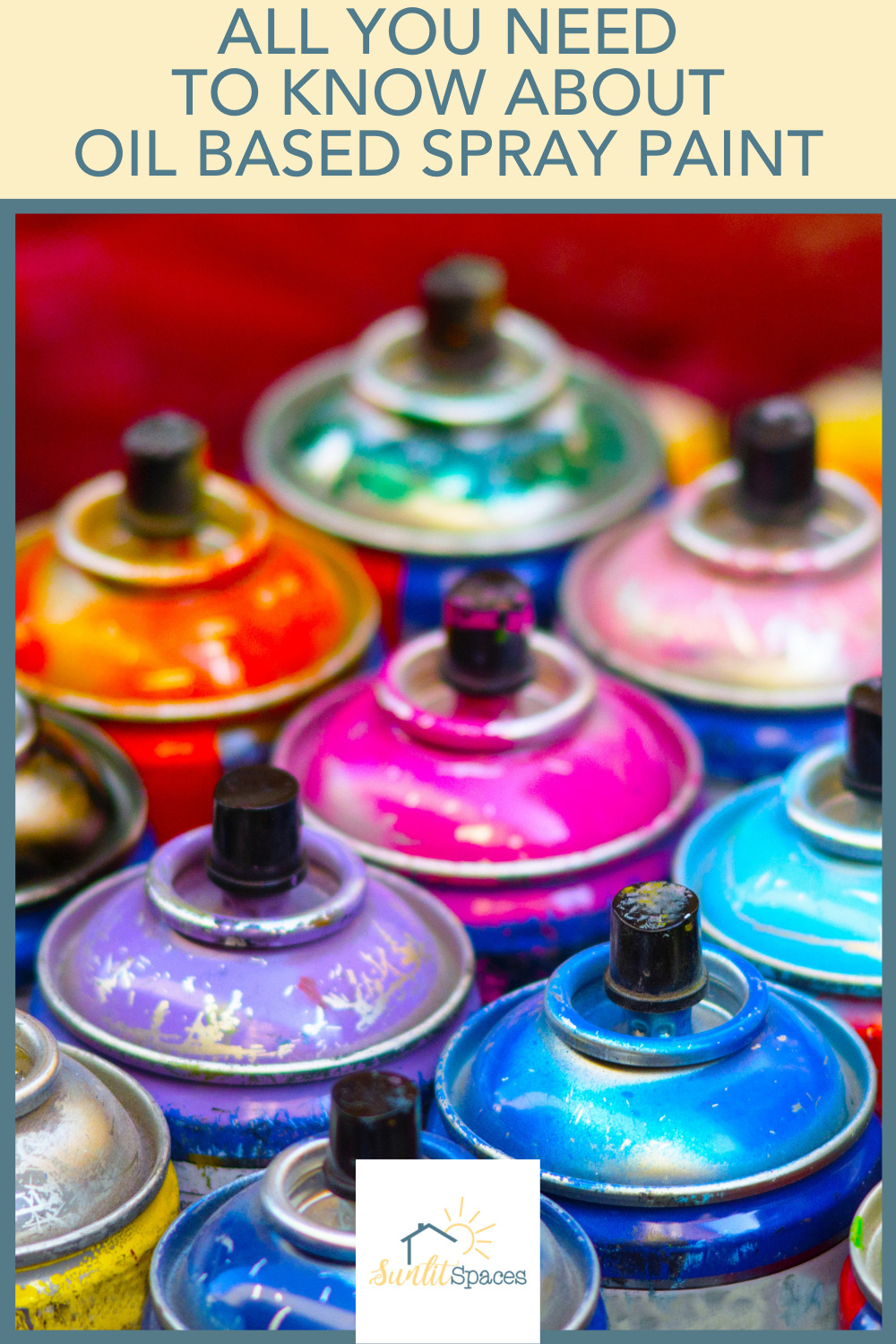
Moreover, it has a quicker drying time. Since the paint is oil-based, it can be used on absolutely anything. What may surprise you is that oil-based spray paint is a lot more durable than latex paint as well!
Of course, we cannot forget how easy cleanup is with the use of spray paint.
However, there are not many oil-based spray paint colors available in the market. This is especially when you compare them to the endless options for traditional paint.
This means that you just have to make do with what you find. Moreover, spray paint is also pricier per square foot of coverage.
Another con of oil-based spray paint is that it has a strong smell. This means you have to ensure that the space is well-ventilated. You must also wear a mask when working with these paints.
In this article, we will answer all your questions related to spray paint.
Surfaces That You Can Use Oil-Based Spray Paint on
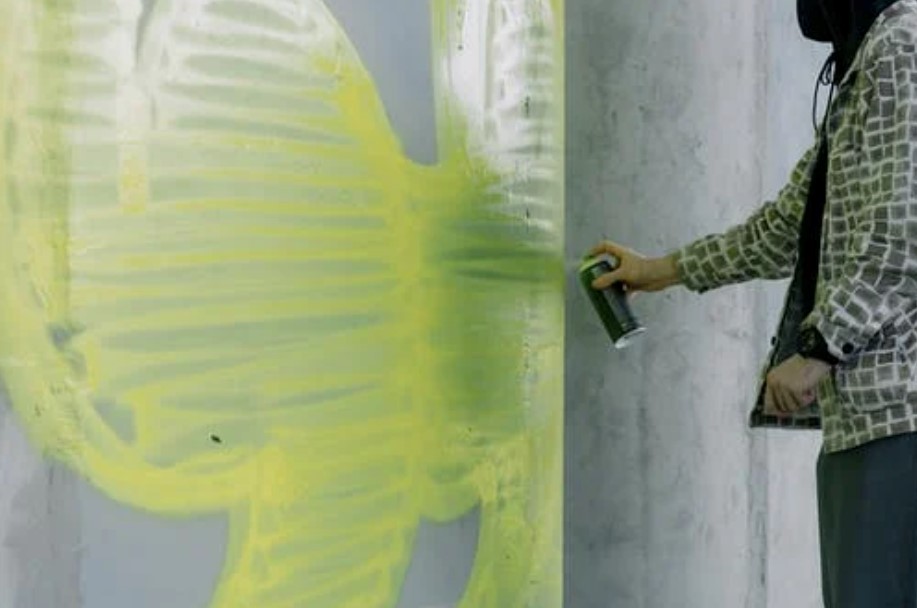
The good thing is that spray paint is very flexible. You do not have to worry about the surfaces you can use it on due to its versatile nature.
You can use it on plastic, wood, metal, tin, fiberglass, ceramic, mirror, masonry, glass, plaster, terra cotta, concrete, canvas, laminate, MDF, and particle board- you name it.
Use spray paint to decorate any kind of furniture. However, make sure not to use it on any surface that may come into contact with food.
Some Basic Oil-Based Spray-Painting Techniques
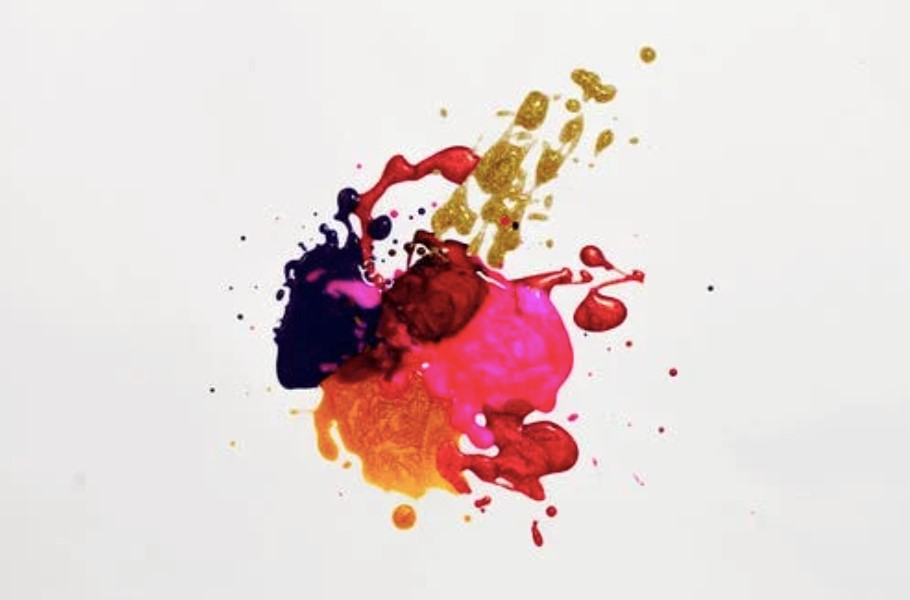
Before you get started, there is one thing you need to keep in mind – spray painting does not require too much expertise. In fact, it is quite simple. Here are some things you need to keep in mind:
Step 1
Always spray paint in an area with sufficient ventilation. Buy a paint respirator and put that on. If your neighbors look at you funny, wave at them and continue working.
Step 2
Before using the spray cane, make sure to shake it vigorously for a couple of minutes.
Step 3
Do not spray too close to the item you want to spray paint on. Maintain a distance of 6 to 8 meters before you aim the nozzle towards the item. Usually, the first stream of paint will splatter as the can gets ready to be used.
For this reason, we recommend aiming the first stream of paint on a newspaper so that it doesn’t cause uneven coverage on your product.
Step 4
In a rapid, confident motion, you can spray on the item. Make sure to cover all angles and do not pause for too long between each motion. Use a piece of cardboard to rotate the item without touching it.
Step 5
Even though we recommend using two to three coats of paint, make sure that you give the item a chance to dry completely before spraying another layer of paint. If the paint gets too heavy, it will start to drip off the product.
If your drying time is not sufficient, the paint will start bubbling. Hence, remember to be patient.
The Ideal Temperature for Your Spray Paint
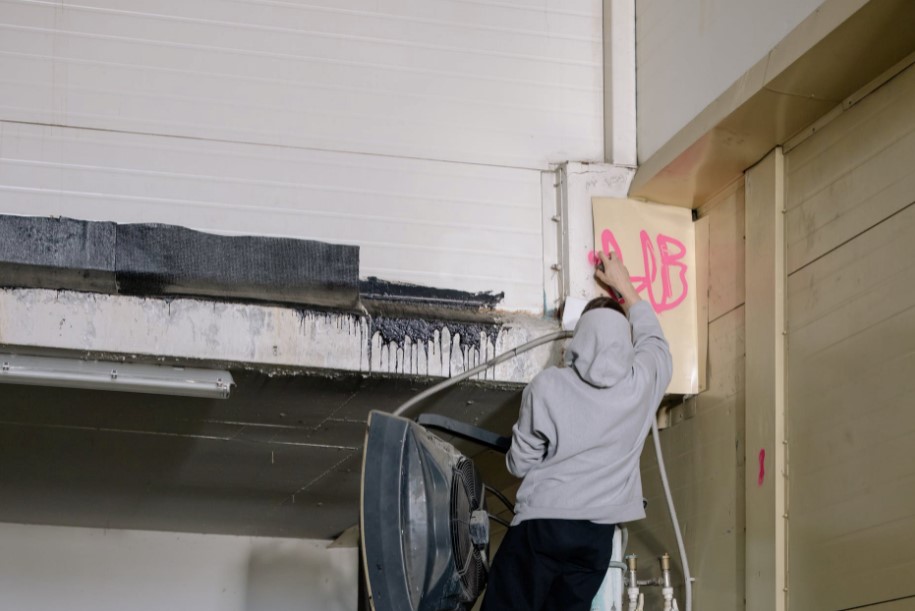
Trust us when we say that when the weather gets too cold, your oil-based spray paint may not function properly.
However, if you have a warm spot in your house, such as an unoccupied garage or a heated room, you can always spray paint your products there.
To ensure that the paint does not get on furniture or tiles, simply make a tent using some spare garments.
This will ensure that you do not overspray and that all your belongings are kept safe from any splatter that may occur.
We recommend spraying painting in an area that has a temperature of more than 50 degrees. If the temperature falls below that, you will find that the paint will start to crack, resulting in a sad-looking final product.
How Important is Sanding Before Painting?
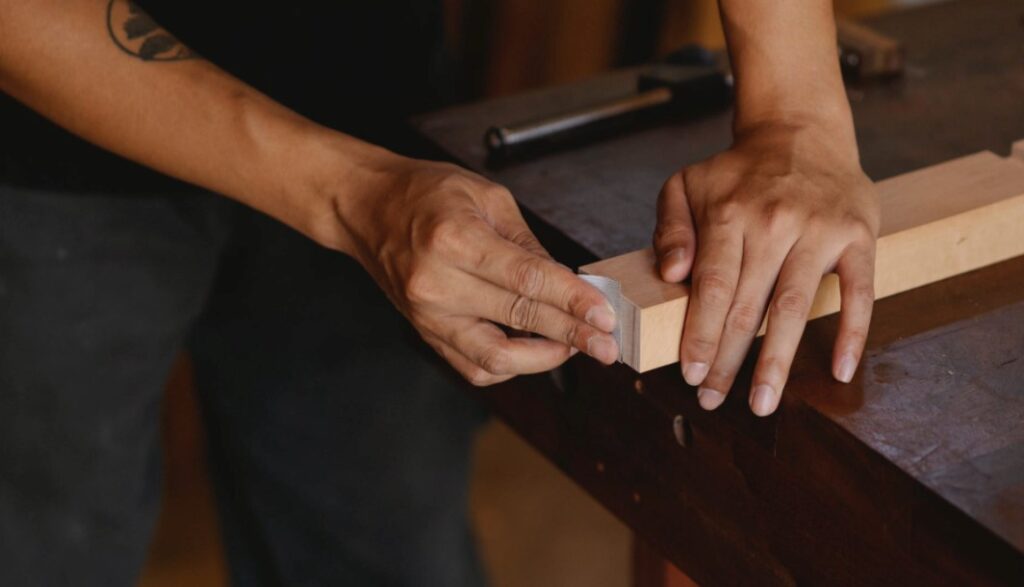
The internet may tell you that you should absolutely sand before you spray paint. However, our expertise believes differently. Sanding is not always important.
In fact, this is more of a judgment call that you will have to make depending on the product you are spray painting.
You should not sand small decoration pieces. You can simply spray paint them any color you want. However, if you are planning to spray paint a piece of furniture in your house, you can lightly sand it with some grit so that it is primed and ready to be spray painting.
If you have any kind of varnish or uneven shapes on the furniture, sanding will help get rid of it, giving you a perfectly smooth platform to paint on.
How important is Priming Before Painting?
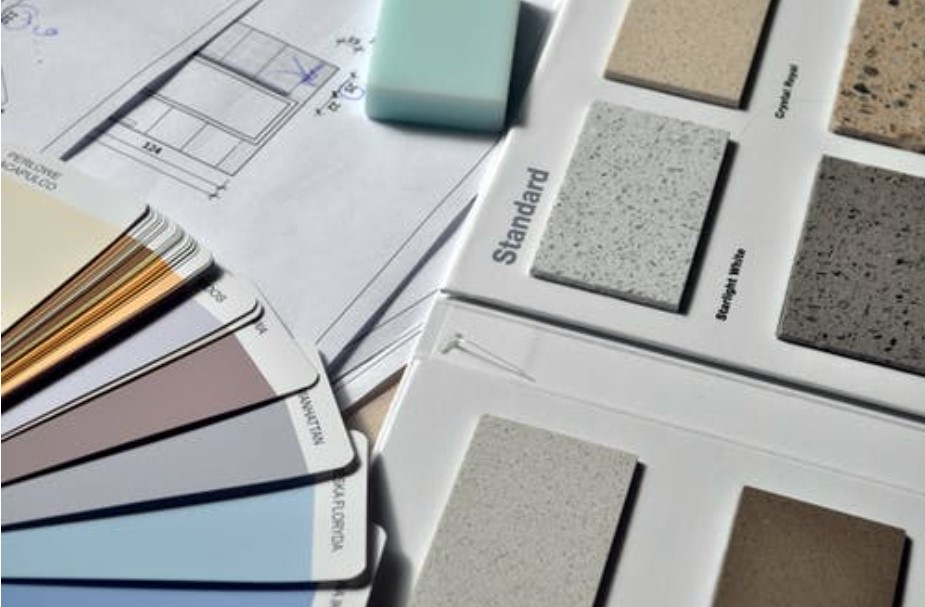
Priming before painting is not necessary unless you plan on spray painting furniture. Moreover, some glossy items may also need to be primed, as well as when you plan on spray painting in an outdoors setting.
Even though the internet believes that priming a product will help make it more durable, we have found that it does not make much of a difference. Of course, if you are feeling paranoid and have always been accustomed to priming, carry on!
How Important is a Topcoat/ Clearcoat After Spray Painting?
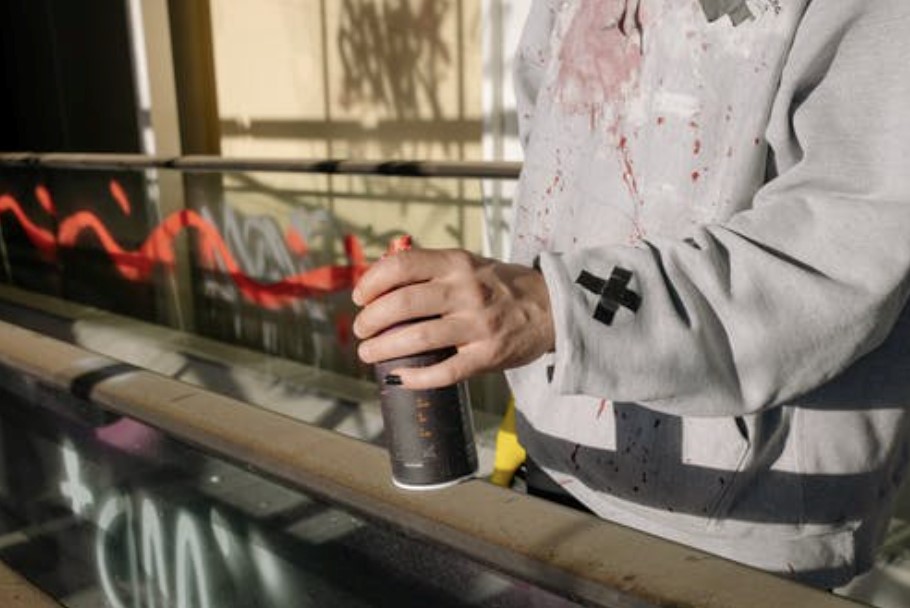
To put it simply, a topcoat or clearcoat is not very important after you spray paint a product, especially if you are spray painting a small decorative piece or a furniture item.
This is because the surface area is so less that spray painting itself makes the product more durable, not leaving much space or function for a topcoat.
However, if you are really tempted to add some additional durability on top of furniture pieces, you can use a topcoat or clearcoat. This is especially for those individuals who have children in their homes. Only do this if necessary- we would recommend completely skipping this out.
Choosing a Sheen
When you go into the market to look for oil-based spray paint, you will find several finishing options, including flat, satin, semi-gloss, and gloss. All of these spray paints are essentially the same, except for their level of shine.
By paying close attention to the lid of the spray paint you find, you will be able to tell what the finish will look like.
If you are not using color, you can opt for metallic oil-based spray paint. Otherwise, semi-gloss or gloss would work perfectly.
Should You Invest in Spray Paint Accessories?
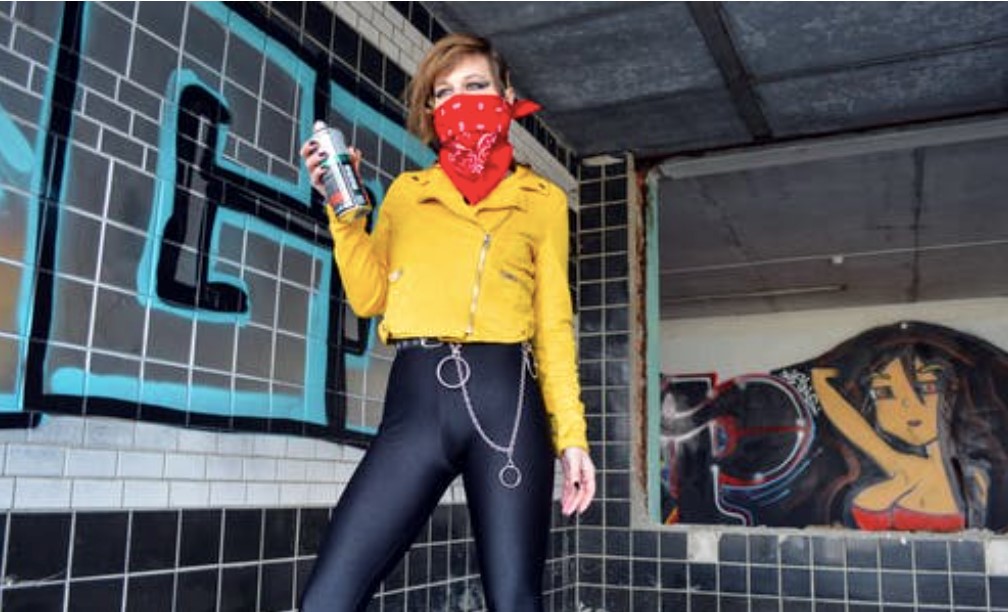
This is a tricky one – you can choose to skip out on the topcoat and primer, but there are a couple of products that ensure the ultimate spray-painting experience. This is mainly because they make spray-painting even simpler than it already is.
We recommend investing in an oil-based spray paint handle so that you do not have to use your bare hands (mainly thumb) when spray painting.
Using oil-based spray paint can start to feel tedious, especially when you have to spray paint a large surface due to the constant pressure on your thumb. However, the handle makes this process easier.
Moreover, you can also invest in painter’s pyramids. These can carry approximately 200 lbs. and can place your product at a height so that when you spray paint, you do not have to bend too much and break your back.
Even though you can use some DIY hacks to elevate your products, such as placing them on old stools or bars, we would recommend getting a professional pyramid, especially if you spray paint a lot.
Some Best-Selling Paints We Love
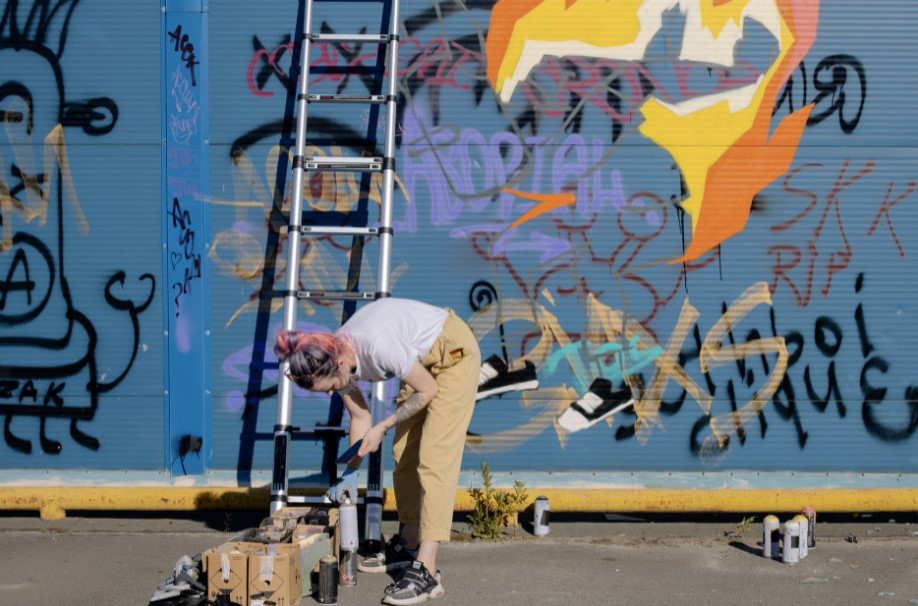
You will find a bunch of different paints when you go shopping for oil-based spray paints. There are many brands and many qualities that you will have to choose between.
We have tried loads of spray paint brands and we like Rust-Oleum and Krylon the most. This is mainly because of how affordable they are, and because they come in a range of beautiful colors to choose from.
You will not be disappointed in the quality. You must always look for a paint whose quality remains consistent over the years. We can assure that Rust-Oleum and Krylon definitely fit our expectation.
Here are a few favorites that we have discovered over the years:
- Rust-Oleum Universal Pure Gold Metallic
- Krylon Champagne Nouveau
- Rust-Oleum Bright Coat Chrome
- Rust-Oleum Bright Coat Gold
- Krylon Satin Nickel
- Rust-Oleum Universal Oil Rubbed Bronze
- Rust-Oleum Universal Titanium Silver
All of these paints can be found on Amazon.
A Quick Step-by-Step Guide to Spray Painting

Now that we have answered all your questions on how to use oil-based spray paint, here are some quick guidelines you need to follow when spray painting a room, piece of furniture, or even a decorative piece:
Always Start with a Smooth Finish
You need to begin with a smooth finish. This means that if you see any cracks or dents on the piece where you will spray paint, make sure to sand the surface first.
Then, start with applying two coats of paint, spacing both layers out so that each layer dries first.
The Spin Painting Method
If you are spray painting a small piece of furniture or decorative item, use the spin painting method. This means that you can place your product on a turntable that rotates and in a swift motion, spray paint the item.
If the can is kept at a consistent distance from the product, you will not have to clean up any drips or paint splashes.
Use a Big Drop Cloth for Bigger Pieces
If you are spray painting a large surface area, instead of using newspaper which will only tear apart, cover your room up with big pieces of plastic.
We recommend finding a canvas drop cloth for an easy, stress-free application.
Always Spray Test
As we mentioned earlier, the first spray of paint will always splatter. Hence, keep it away from your product.
Moreover, you should always spray test the paint before spraying on your product so that you can check the consistency and color, and get the feel of the paint. This will ensure that your final product comes out looking brilliant and just as you expected.
Look for Accessories to Make Spray Painting Easier
If you are spray painting with an oil-based spray can on a daily basis, you should definitely invest in some accessories. These do not have to be fancy.
However, opt for a handle or some plastic sheets for your convenience. Good luck!

Leave a Reply